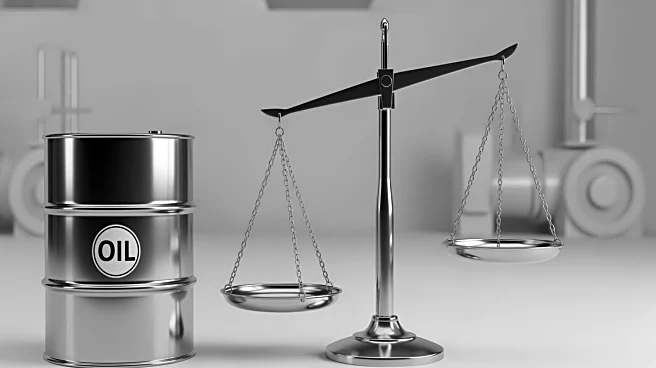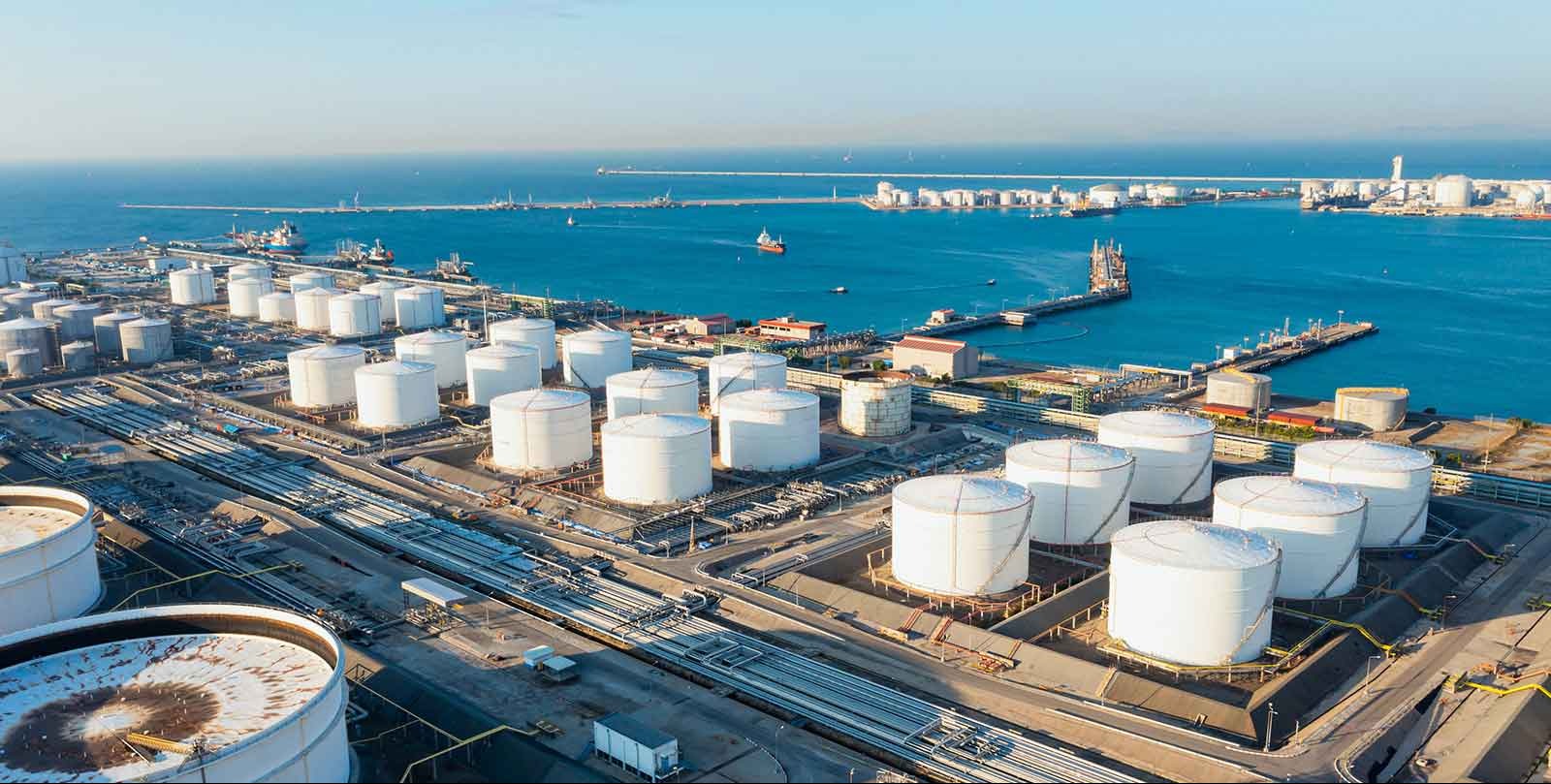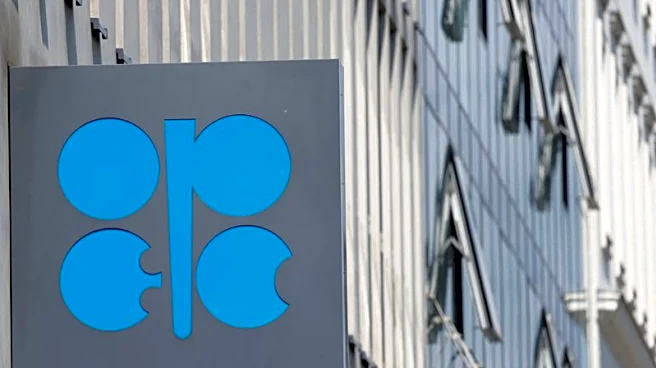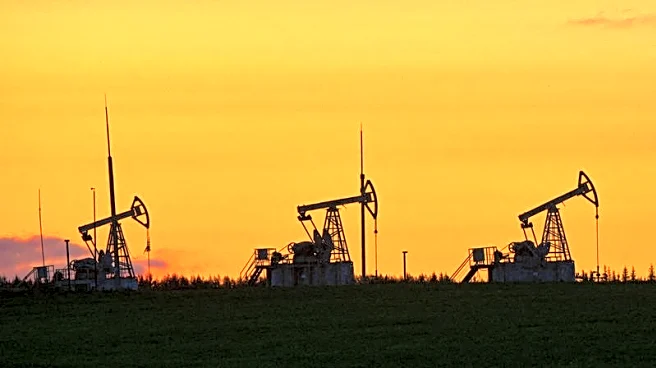What's Happening?
OPEC+, the coalition of the Organization of the Petroleum Exporting Countries and allied producers, has decided to pause its planned oil output increases for the first quarter of 2026. This decision comes
in the context of U.S. sanctions on Russian oil companies, including Rosneft and Lukoil, and recent attacks on Russian energy infrastructure. The market is currently facing a potential surplus, with the International Energy Agency projecting a global oil market surplus of up to 4 million barrels per day next year. Despite this, OPEC+ agreed to a modest increase of 137,000 barrels per day in December. Analysts from RBC have highlighted Russia as a key variable in the supply chain, given the ongoing geopolitical tensions and sanctions.
Why It's Important?
The decision by OPEC+ to pause output increases is significant as it reflects the group's cautious approach to managing oil prices amid geopolitical uncertainties. The U.S. sanctions on Russian oil producers and the attacks on infrastructure could disrupt supply, affecting global oil prices. This move by OPEC+ suggests a strategic effort to stabilize prices and avoid a market glut. The impact of these developments is critical for the U.S. and global economies, as oil prices influence inflation, consumer costs, and energy policies. Stakeholders in the oil industry, including producers and consumers, are closely monitoring these changes, as they could affect investment decisions and economic forecasts.
What's Next?
Looking ahead, the effectiveness of U.S. sanctions and the resilience of Russian oil flows will be crucial in determining the actual market surplus. OPEC+ may need to reassess its production policies if significant disruptions occur. Additionally, the geopolitical landscape, including potential further sanctions or military actions, could influence future decisions by OPEC+ and other major oil producers. The market will also be watching for any shifts in demand, particularly from major consumers like China and India, which could alter the supply-demand balance.













